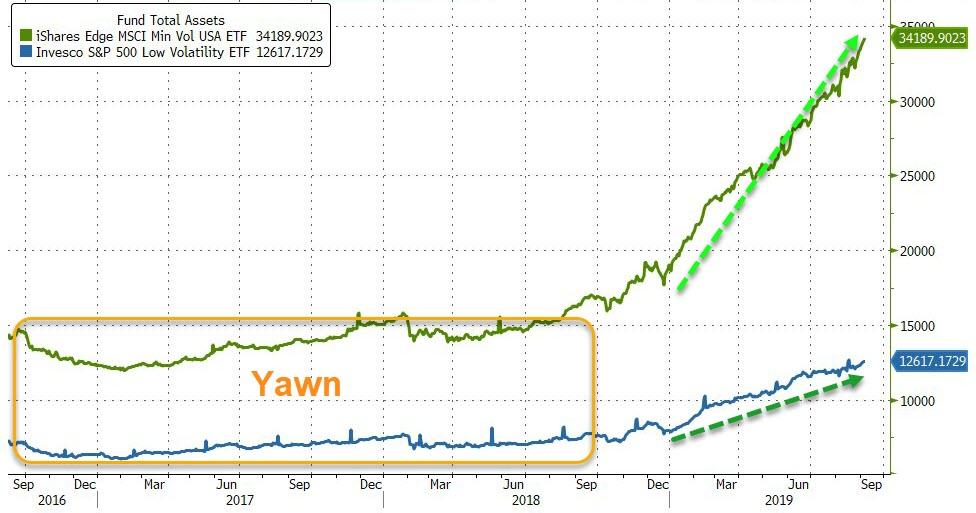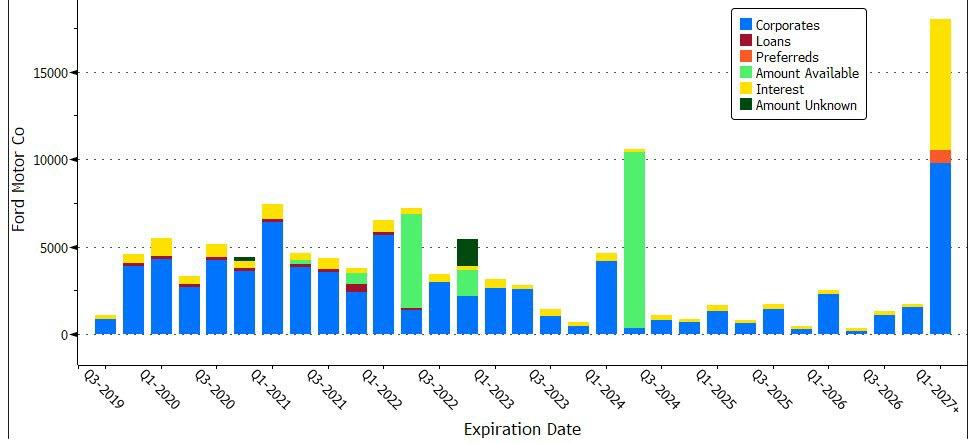US Extracted Top Spy From Kremlin In Secret 2017 Operation
The United States successfully extracted one of its highest-level spies from the Kremlin in 2017, according to CNN, citing “multiple Trump administration officials with direct knowledge.”
According to the report, the decision to carry out the extraction was driven in part by concerns that Trump or his administration might contribute to exposing the spy – after telling Russia about a plot by the Islamic State uncovered by Israel. Considering the source, however, this may require a few grains of salt.
The decision to carry out the extraction occurred soon after a May 2017 meeting in the Oval Office in which Trump discussed highly classified intelligence with Russian Foreign Minister Sergey Lavrov and then-Russian Ambassador to the US Sergey Kislyak. The intelligence, concerning ISIS in Syria, had been provided by Israel.
The disclosure to the Russians by the President, though not about the Russian spy specifically, prompted intelligence officials to renew earlier discussions about the potential risk of exposure, according to the source directly involved in the matter.
At the time, then-CIA Director Mike Pompeo told other senior Trump administration officials that too much information was coming out regarding the covert source, known as an asset. An extraction, or “exfiltration” as such an operation is referred to by intelligence officials, is an extraordinary remedy when US intelligence believes an asset is in immediate danger. –CNN
So, according to CNN, Trump’s disclosure of an ISIS plot, which “does not appear to have been illegal” according to the New York Times, sent the US intelligence community into such a panic that they exfiltrated their high-level Kremlin spy.
The CIA’s director of public affairs, Brittany Bramell, slammed CNN in a statement – saying “CNN’s narrative that the Central Intelligence Agency makes life-or-death decisions based on anything other than objective analysis and sound collection is simply false. Misguided speculation that the President’s handling of our nation’s most sensitive intelligence—which he has access to each and every day—drove an alleged exfiltration operation is inaccurate.”
“CNN’s reporting is not only incorrect, it has the potential to put lives in danger,” said White House press secretary Stephanie Grisham.
According to the report, there was already speculation in the media that the US had such a covert source,” prior to the exfiltration – which “poses risks to the safety of anyone a foreign government suspects may be involved.”
The removal happened at a time of wide concern in the intelligence community about mishandling of intelligence by Trump and his administration. Those concerns were described to CNN by five sources who served in the Trump administration, intelligence agencies and Congress.
Those concerns continued to grow in the period after Trump’s Oval Office meeting with Kislyak and Lavrov. Weeks after the decision to extract the spy, in July 2017, Trump met privately with Russian President Vladimir Putin at the G20 summit in Hamburg and took the unusual step of confiscating the interpreter’s notes. Afterward, intelligence officials again expressed concern that the President may have improperly discussed classified intelligence with Russia, according to an intelligence source with knowledge of the intelligence community’s response to the Trump-Putin meeting.
Knowledge of the Russian covert source’s existence was highly restricted within the US government and intelligence agencies. According to one source, there was “no equal alternative” inside the Russian government, providing both insight and information on Putin. –CNN
In other words, CNN is also implying that the confiscation of Trump’s interpreter’s notes after the Putin meeting in Hamburg may be connected to the covert operation. The network also claims: “CNN is withholding several details about the spy to reduce the risk of the person’s identification.”
Trump was reportedly told of the extraction, along with a small number of senior officials. The current location of the spy and details of the extraction itself remain secret.
In short – the United States is without this (and perhaps the only) high-level Kremlin source because the US intelligence community thought Trump might spill the beans after revealing an ISIS terror plot to Russia.
Tyler Durden
Mon, 09/09/2019 – 17:45
via ZeroHedge News https://ift.tt/2ZOk3Jp Tyler Durden







